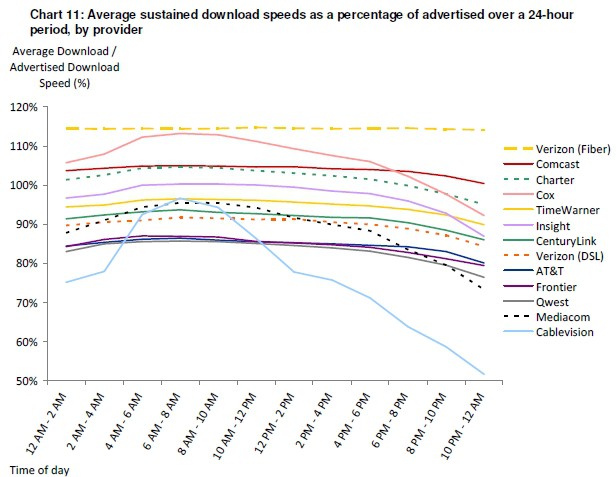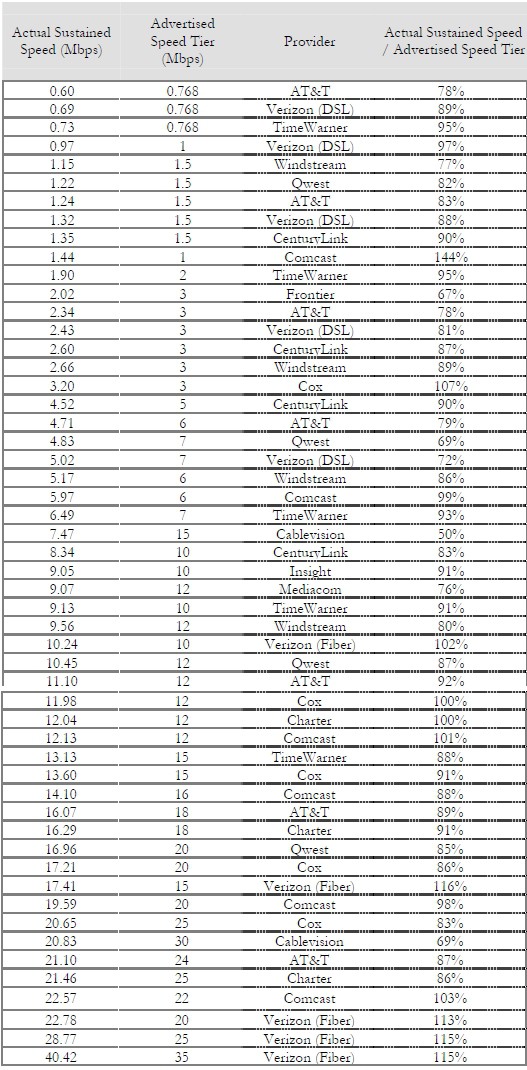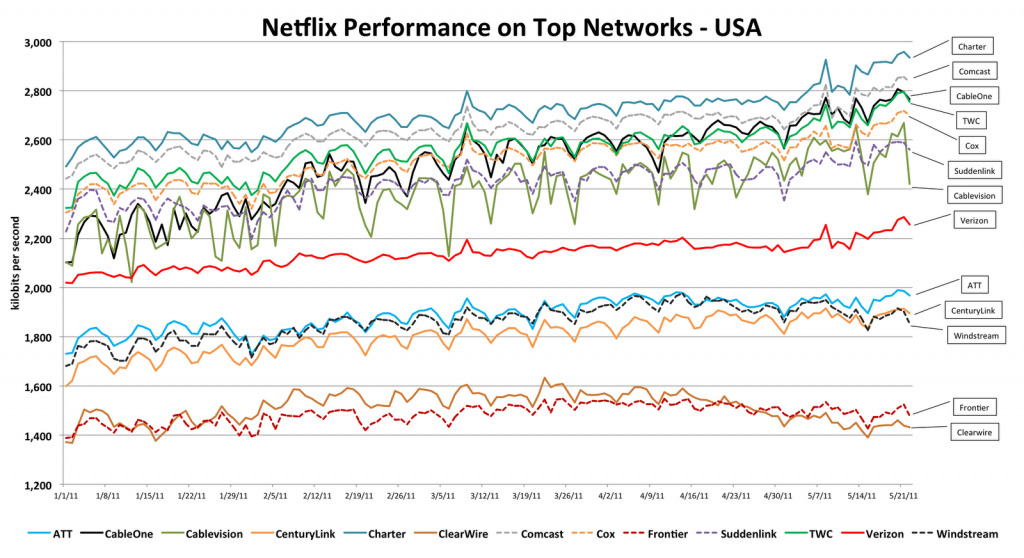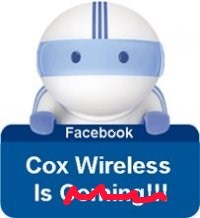 Cable, satellite and telco-TV subscribers around the country can now watch most of the hit shows on Turner’s TBS and TNT Networks for free, assuming two things are true:
Cable, satellite and telco-TV subscribers around the country can now watch most of the hit shows on Turner’s TBS and TNT Networks for free, assuming two things are true:
- You pay for a package of television channels from Comcast, DirecTV, Dish Network, Cox Communications, Cablevision Systems, Suddenlink Communications, Verizon FiOS, or AT&T U-verse.
- You are not a Time Warner Cable subscriber.
The new TV Everywhere app, available for phones and tablets, comes free of charge. Once authenticated as a legitimate pay television subscriber, users can watch hit series and some older shows from both networks.
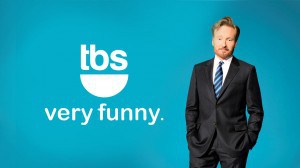 Once again, Time Warner customers are on the outside, looking in. The nation’s second biggest cable operator has not been a TV Everywhere team player, preferring to launch its own live streaming iPad application and steering clear, so far, from on-demand, online viewing from most of its partner networks, including HBO. Time Warner Cable executives have, in the past, alluded to licensing fees and user authentication complications for not launching TV Everywhere on-demand viewing for its customers, but the company has not explained why it has not signed on for Turner’s app.
Once again, Time Warner customers are on the outside, looking in. The nation’s second biggest cable operator has not been a TV Everywhere team player, preferring to launch its own live streaming iPad application and steering clear, so far, from on-demand, online viewing from most of its partner networks, including HBO. Time Warner Cable executives have, in the past, alluded to licensing fees and user authentication complications for not launching TV Everywhere on-demand viewing for its customers, but the company has not explained why it has not signed on for Turner’s app.
TV Everywhere, a concept on the drawing board for almost two years, is an attempt by the pay television industry to lock down online video programming for paying customers, in an effort to slow down “cord cutting” by consumers trying to save money on their cable TV bill. The concept delivers unlimited access to popular cable programming, but only to those who already pay to subscribe.
Many TV Everywhere projects have been soft-launched without much publicity, but that is not true for Turner’s app. The network has commissioned several clever advertisements featuring various network stars promoting the app, and now Turner wants to educate consumers about how to use it to watch shows online.
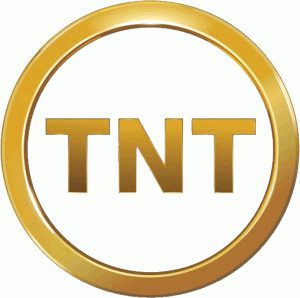 The most complicated part of the process is getting “authenticated” by the application for authorized viewing. Some cable companies like Time Warner want customers to launch access to TV Everywhere programming from the cable company’s website, where customers have already been authenticated when they sign up for an online account. Other companies are using customer account numbers, PIN codes, or passwords printed on monthly bills to let customers register directly for access. When the application matches a customer account number or PIN code, the content becomes accessible. It is typically a one-time-only hassle, but there have been cases where customers have had to grab a recent bill more than once to re-authenticate themselves.
The most complicated part of the process is getting “authenticated” by the application for authorized viewing. Some cable companies like Time Warner want customers to launch access to TV Everywhere programming from the cable company’s website, where customers have already been authenticated when they sign up for an online account. Other companies are using customer account numbers, PIN codes, or passwords printed on monthly bills to let customers register directly for access. When the application matches a customer account number or PIN code, the content becomes accessible. It is typically a one-time-only hassle, but there have been cases where customers have had to grab a recent bill more than once to re-authenticate themselves.
Not every show will be made available for online viewing. Many rerun off-network shows shown on TNT and TBS don’t currently include streaming rights. So while users can watch past episodes of Conan O’Brien, they’re out of luck if they want to watch Friends.
[flv width=”640″ height=”500″]http://www.phillipdampier.com/video/Turner App.flv[/flv]
Watch a selection of spots from the new advertising campaign for Turner’s ‘TV Everywhere’ app. (4 minutes)


 Subscribe
Subscribe